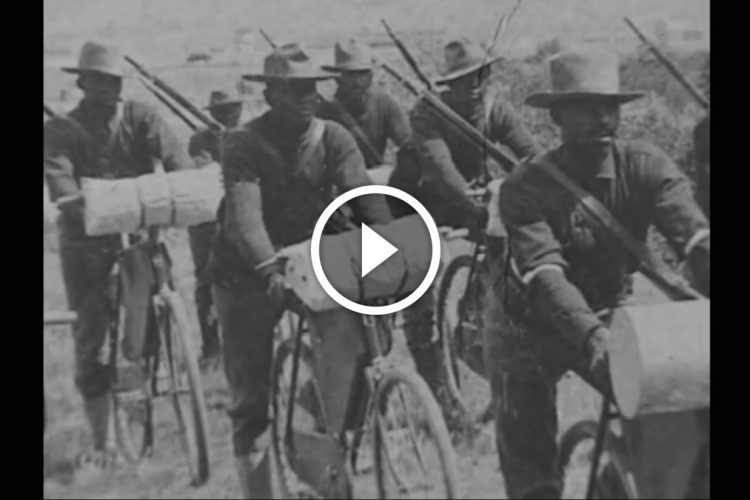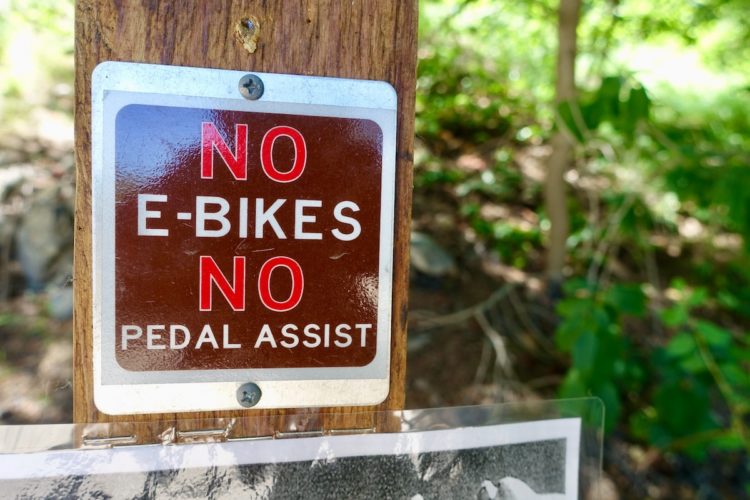Received via IMBA email yesterday:
Mountain bikers stand to lose access to many spectacular rides in the Beaverhead-Deerlodge National Forest in southwest Montana. The forest wants to institute a blanket ban on bicycling in backcountry areas managed as “recommended wilderness.” These areas contain some of the best singletrack in Montana.
Local cyclists have proposed companion designations and minor boundary adjustments to preserve these wild places and the singletrack experiences they provide. Unfortunately, the Forest Service has reiterated its intent to ban bicycles, eliminating 25 years of mountain biking tradition and setting a damaging precedent.
Take Action! Tell the Forest Service mountain biking and land protection are not mutually exclusive. The deadline for comments is Monday, March 31.
More Information
Mountain bikers want to work with other conservationists to protect their favorite quiet, backcountry trails. To assist in this effort, local riders are asking the Forest Service to abandon the blanket ban and consider bicycle access on a route-by-route basis.
Scientific studies have shown the impacts of mountain biking are similar to hiking and far less than other uses. In a recent comprehensive literature review, the authors conclude, “while the impact mechanics and forces may be different from foot traffic, mountain biking impacts are little different from hiking, the most common and traditional form of trail-based recreational activity.” (Marion and Wimpey, 2007)
The Beaverhead-Deerlodge National Forest is home to the Montana High Divide Trails agreement, a user-based collaborative process that brought together cyclists, equestrians, hikers and Wilderness advocates to formulate a proposal for quiet recreation and land protection around Butte and Helena. A blanket ban on bicycling in recommended wilderness would severely hamper efforts to create a similar working group for other areas of the forest.
The blanket ban would fragment bicycle access on the Continental Divide Trail (CDT), a 3,100-mile route running from Montana to New Mexico. The forest plan would prohibit bicycling on at least five sections of the CDT, and viable bicycle routes around these areas do not exist.
Epic Areas at Risk
The most important areas include Italian Peak, Lima Peaks/ Garfield Mountain and the East Pioneers. These are some of the most magnificent lands in the Lower 48, with epic singletrack for any length of ride. They deserve protection, but in a way that allows established bicycle use to continue.
One of the most beloved trails will be blocked because less than two miles skirts inside a proposed recommended wilderness area. The 22-mile #401/315 Trail runs along the Spanish Peaks Wilderness, providing a challenging ride and amazing views. The section near Ennis Lake just before the Trail Creek Trailhead dips into proposed Recommended Wilderness, eliminating this epic through-ride.
Writing Your Own Letter
Unique, personalized messages are extremely important. Concerned mountain bikers can submit their comments using either IMBA’s simple online form or through their own email address or a mailed letter. All options allow you to edit your comments for maximum effect.
Forest Plan Comments
Forest Service
420 Barrett Street
Dillon, MT 59725
[email protected]





















1 Comments
Aug 10, 2010